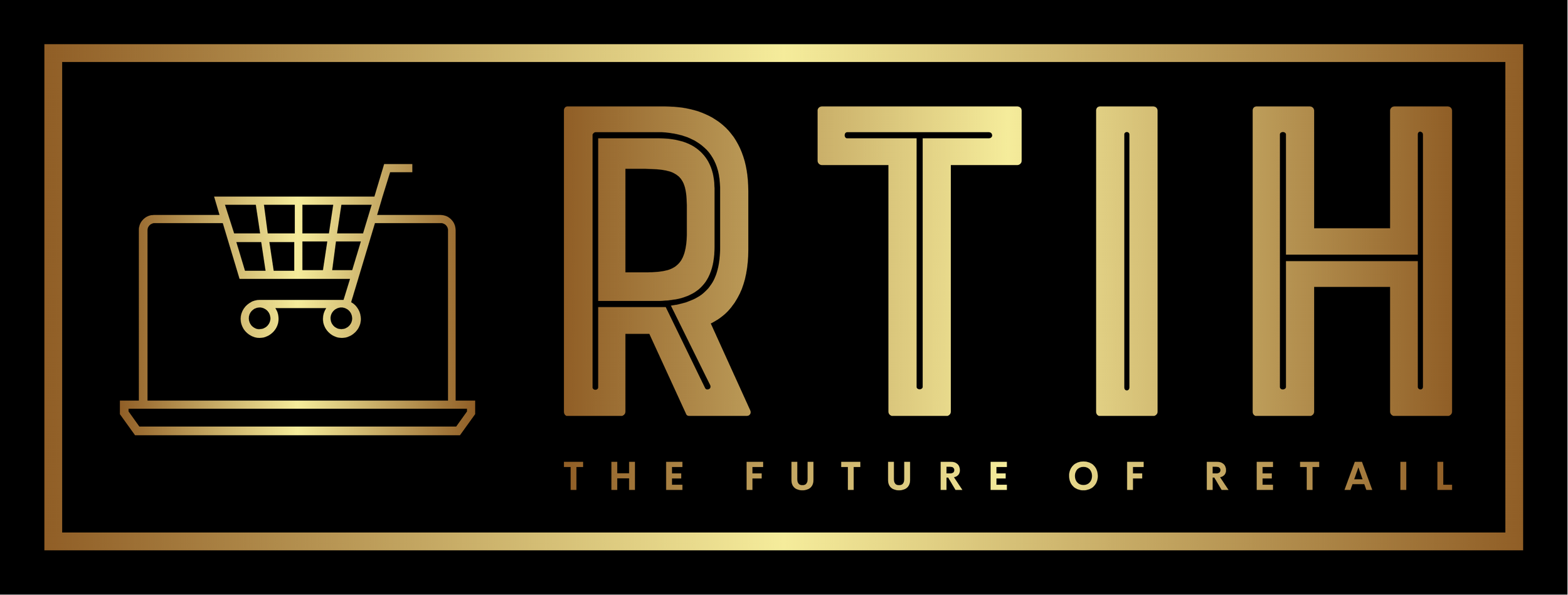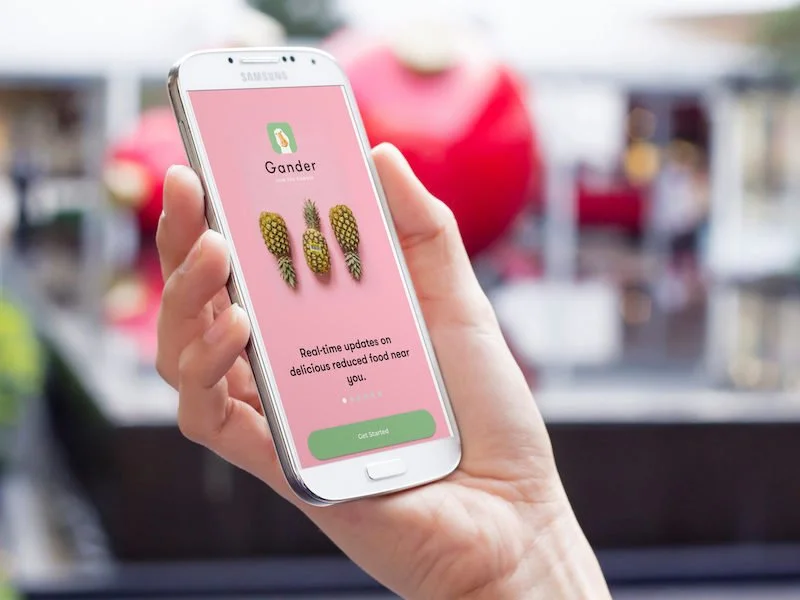Startup Q&A: Ben Houston, Founder, Threekit
RTIH: Tell us about Threekit.
BH: Threekit is a software platform that lets brands create photorealistic images and 3D visuals without the need for a photographer.
The technology allows brands to give shoppers an enhanced shopping experience, because when a buyer can see every possible angle, colour, features, and material, they are more likely to buy and less likely to return their purchase.
We work with retailers around the world like Crate and Barrel, Tailored Brands (the company behind Men’s Wearhouse and Jos. A Bank.), Bamford Watches, CIROC Vodka, and Steelcase.
RTIH: What was the inspiration behind setting the company up?
BH: I was originally working in Hollywood, creating CGI software that was used in films like Avatar and Game of Thrones. As I kept scaling the software for movies, big brands actually started reaching out to us, asking “Can we use your technology to show our products online in a more immersive way?”
So we started giving brands access to show their product in 3D and the results were amazing for these companies, one company improved conversion rates by 40%.
In 2018, we decided to invest even more into Threekit, with the idea of making a single platform for creating hyper-realistic images, interactive 3D, and augmented reality at a massive scale.
RTIH: What has been the industry reaction thus far?
BH: It has been overwhelmingly positive. Our initial funding round, backed by Godard Abel, was the first signal that those in the B2B software industry saw our potential. Shasta Ventures, which invested in Dollar Shave Club and Nest.com, led our second round, and their support - alongside that of Salesforce Ventures and our other investors - is another indication that those in software and enterprise tech can see the potential for growth with this technology.
But our customers are the true heroes of our story. It’s because of innovative, forward-thinking people in the e-commerce industry, such as the leadership at Crate and Barrel and at Tailored Brands, that Threekit exists in its current form at all. It was truly a change that was driven by thought leaders in the industry.
RTIH: What has been your biggest challenge/setback?
BH: Our biggest challenge is that many retailers and brands know they have a problem, but they don’t realise that we are the solution.
Henry Ford once had a quote that went something like, “If I had asked customers what they wanted, they would have said a faster horse.”
For us, retailers are looking for a better way to do product photography. They want more photos taken of more products at a faster time and for less money, that’s their faster horse. Making the jump from cameras to software is a big one, and it requires a lot of education before many retailers are able to make it.
RTIH: What are the biggest challenges facing the omnichannel retail sector right now?
BH: Today, consumers expect upwards of eight images per product. This doesn’t sound too astounding until you consider that back in 2016, they expected only three. So there’s a massive market shift that is accelerating.
An incredibly important point of differentiation against Amazon is that Amazon only displays a maximum of seven images per product, which is less than what most shoppers expect and an area where e-commerce challengers can win.
Retailers offering a visually immersive experience will be able to give shoppers a more interactive experience and instil higher purchasing confidence than Amazon.
“Our customers are the true heroes of our story. It’s because of innovative, forward-thinking people in the e-commerce industry, such as Crate and Barrel and Tailored Brands, that Threekit exists in its current form at all”
RTIH: What's the best question about your company or the market asked of you recently by a.) an investor and b.) a customer?
BH: A large US furniture retailer came to us with a question: “We have millions of potential product combinations,” they said, “How are we supposed to get photos for this massive scale?”
They wanted to provide a great online customer experience, but the logistics were daunting. They have hundreds of sofas, and each sofa has more than five fabrics and more than 10 colours for each fabric, and then most sofas have options for legs. That meant they needed millions of photos.
Taking a picture of every potential combination would cost tens of millions of dollars. Threekit was able to render more than three million hyper-realistic photos at a fraction of what studio photography would have cost.
On the investor side, Matt Garratt, a managing partner at Salesforce Ventures (who recently invested in our Series A) asked the question: “As customer expectations continue to grow, how can brands and retailers deliver that without blowing their budget, and how can that be scaled?”
It’s something that inspired us to think even bigger about the applications of this technology, and realise truly how many unserved needs it can potentially meet.
RTIH: What can we expect to see from Threekit over the next 12 months?
BH: We are beginning to look into integrating our technology with AI. What we’ve found is that we can use predictive algorithms to pair items that would normally be purchased together, or those that look good together, and then create visual content based around that in a way that’s incredibly personalised to the individual buyer.
For example, say you looked at a couch on a website. You go to make the purchase, but something stops you at the last minute. We can actually take the image of that couch, and use AI to generate an image of that couch in a setting that looks incredibly attractive, for instance, in a stylishly furnished living room. Then we can serve that image to you in a digital ad, or as part of a physical mailer campaign.
There is no way that traditional photography could ever create your potential personalised living room set, but the power of AI combined with visual imaging technologies is making this possible.
Not only is the experience better for you as the buyer - because you are able to more clearly visualise and conceptualise your purchases - but your better experience translates into better sales for retailers as well.










